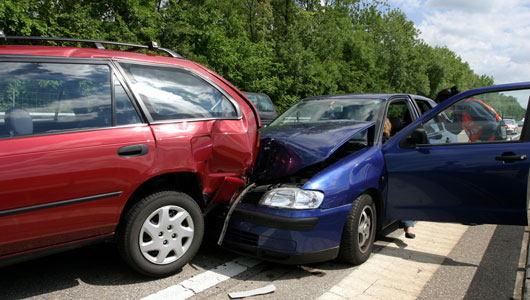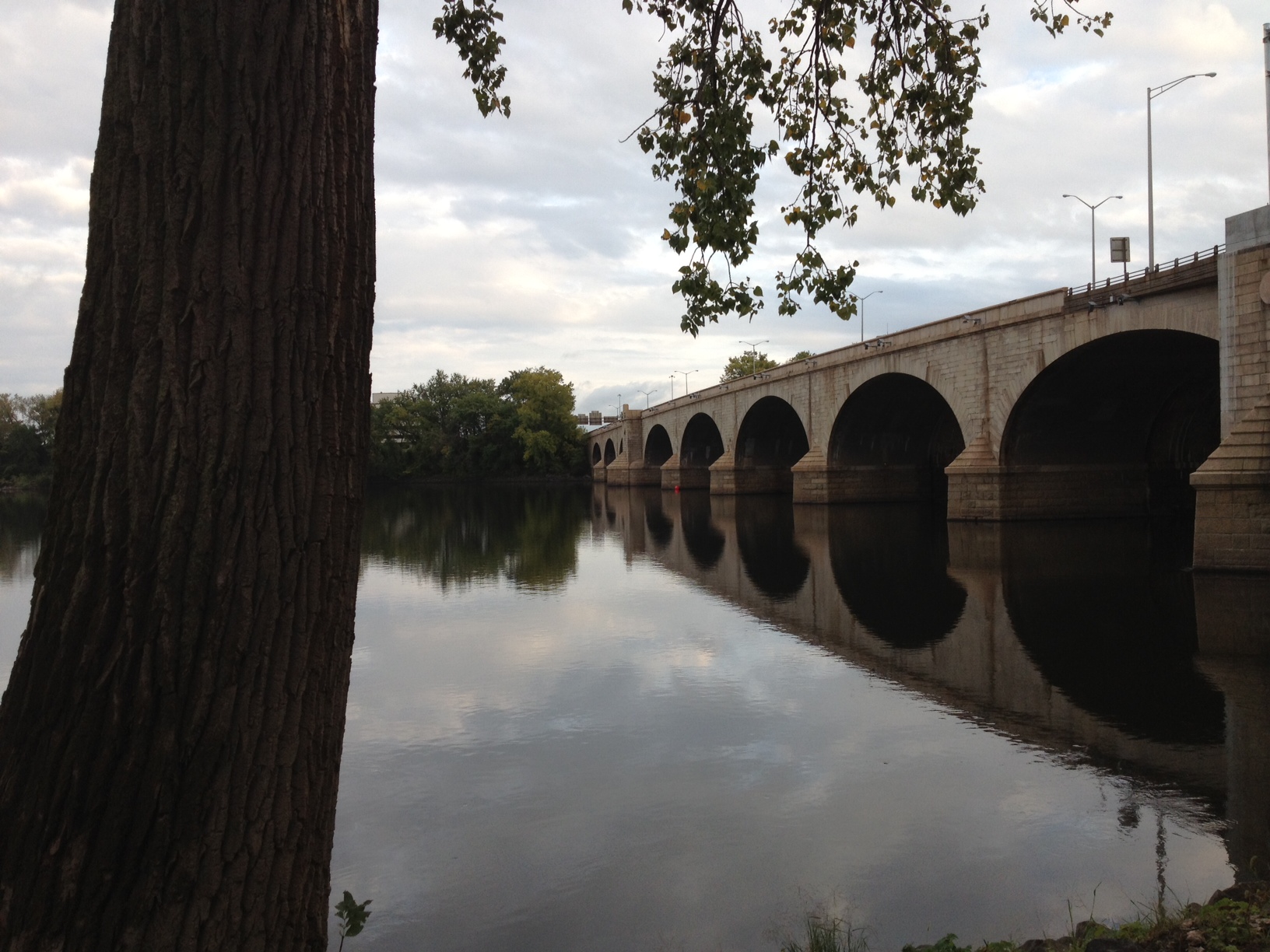Amtrak ridership breaks all-time records, local corridor sees increase
/Amtrak ridership increased in the first six months of fiscal year 2013, with ridership in March setting a record as the single best month ever in Amtrak’s history. Ridership grew 0.9 percent from October 2012 to March compared to the prior year, despite disruptions from weather, including Superstorm Sandy. Amtrak said 26 of 45 routes had rider increases during the period and monthly records were set in October, December and January.
Ridership on the New Haven – Springfield shuttle grew from 33,196 in March 2012 to 36,962 in March 2013, an increase of 11.3 percent. Ridership from October 2012 through March 2013 grew by 5.2 percent from the same period a year earlier. The Acela Express ridership dropped off slightly amid the record-breaking numbers, likely due to service interruptions due to Superstorm Sandy, down 2.5 percent last month compared with a year ago.
The numbers are encouraging as plans continue to move forward for dramatic improvements and expansions of service on the 62-mile New Haven-Hartford-Springfield (NHHS) corridor in the coming years. Amtrak is continuing the installation of underground signal and communication cables, required to upgrade signal and communication systems for the NHHS rail corridor.
Work this month is scheduled in Newington, Hartford and Windsor. The NHHS rail service project will connect communities, generate sustainable economic growth, help build energy independence, and provide links to travel corridors and markets beyond the region, officials say.
The new NHHS rail service will operate at speeds of up to 110 mph, cutting travel time between Springfield and New Haven to just 78 minutes. When the new service is launched in 2016, travelers at New Haven, Wallingford, Meriden, Berlin, Hartford, Windsor, Windsor Locks, and Springfield will board trains hourly during the peak morning and evening rush hours and every 90 minutes during off-peak periods. When all the planned improvements are completed, trains will operate every 30 minutes during peak periods. The full program also includes future,  new train stations at North Haven, Newington, West Hartford, and Enfield.
new train stations at North Haven, Newington, West Hartford, and Enfield.
Nationally, long-distance routes with ridership growth in the October-to-March period included the New York City to Georgia route, the Palmetto, up 10.5 percent, and the Coast Starlight, which operates between Los Angeles and Seattle, up 10 percent. Amtrak said ridership was up 9.8 percent on the Illini/Saluki, which operates between Chicago and New Orleans; 8.9 percent on the San Joaquin in California, 8.6 percent on the Piedmont in North Carolina and 8.2 percent on the Wolverine route in Michigan.
Amtrak officials say they expect to end the fiscal year at or above last year’s record of 31.2 million passengers. The sixth annual National Train Day will be celebrated around the country on May 11.
Amtrak is America’s Railroad®, the nation’s intercity passenger rail service and its high-speed rail operator, with more than 300 daily trains – at speeds up to 150 mph (241 kph) – that connect 46 states, the District of Columbia and three Canadian Provinces. Amtrak operates intercity trains in partnership with 15 states and contracts with 13 commuter rail agencies to provide a variety of services.








































